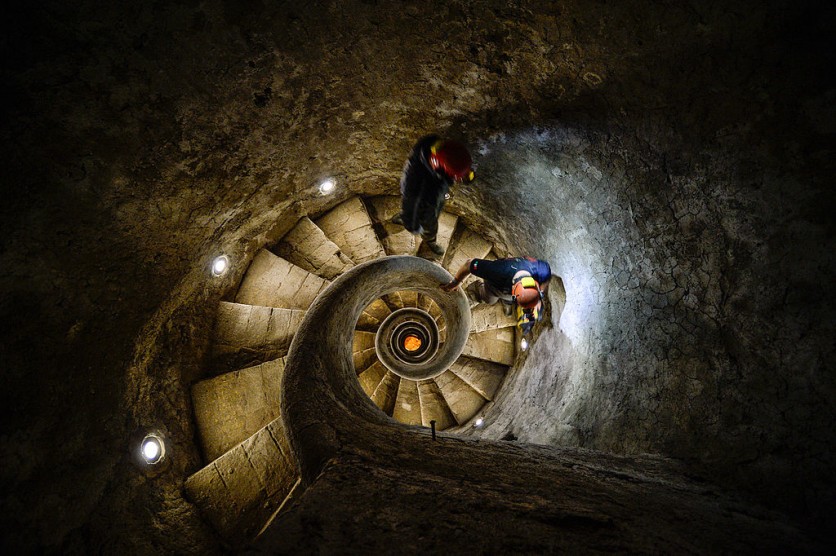German archaeologists have uncovered a 3,000-year-old wishing well that is filled with exquisitely produced pottery, jewelry, and other artifacts that they believe the region's Bronze Age residents sank into the well for religious purposes, reported first by Smithsonian Magazine.
According to a statement from the Bavarian State Office for Monument Protection, the well is situated in Germering, a town in the Fürstenfeldbruck region of Bavaria, west of Munich.

Bronze Age Artifacts
Archaeologists have been digging in the area since 2021 in preparation for building a new distribution center. More than 70 wells dating from the Bronze Age to the early Middle Ages have so far been found.
Marcus Guckenbiehl, an archivist and archaeologist for Germering, claims in the statement that wells were utilized to provide water to the communities.
But what makes this wishing well distinct and intriguing is what archaeologists discovered there: over 70 ceramic objects, including ornate bowls, pots, 26 bronze clothes pins, and many more.
In addition, they recovered a wooden scoop, bracelet, animal tooth, two metal spirals, four amber beads, and the ruins of several plants.
The Bronze Age people likely dug the well when groundwater levels were significantly lower because of its original depth of 16 feet. Archaeologists believe that the prolonged drought and low harvest yields caused hardship for the local population.
'"Something Magical"
The archaeologists believd that the people were making a wish in the well, which may explain why they had to carefully sink some of their personal belongings into the well.
"Fountains still have something magical about them for many people today. You throw coins in, hoping that their wishes will be fulfilled," Mathias Pfeil, who leads the Bavarian State Office for Monument Protection, said in a statement, per Google translate.
"What motivated our ancestors 3000 years ago to move, offering jewelry and other valuable gifts, we can no longer do today comprehend. But it would be obvious that they were intended as sacrifices for a good harvest.
Regardless of the motivations, the experts say it is rare for the well and its contents to have survived this long in such pristine shape.
According to Jochen Haberstroh, an archaeologist for the Bavarian State Office for Monument Protection, the wooden walls of the well are completely preserved beneath the surface and are still dampened by groundwater.
Haberstroh adds that this could also account for the excellent condition of the artifacts made of organic materials.
Researchers intend to examine the artifacts in further depth to understand more about the daily life of the local population during the Bronze Age.
Related Article : Archaeologists Find an Extremely Rare 1,300-year-old Gold and Gemstone Necklace From a Medieval Woman in England

ⓒ 2025 TECHTIMES.com All rights reserved. Do not reproduce without permission.




